Last Updated on August 13, 2023 by Ctybr67k
The ‘other’ side of the river
Triana is the ‘other’ Seville, the lesser-visited part across the river which has an atmosphere all of its own. Very much a former working-class area, its roots are in gypsy culture, flamenco and the growth of the ceramics industry. This post gives a little background history and introduces the places you are most likely to want to visit.
a little history

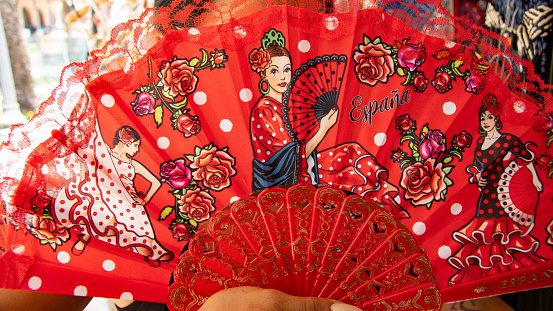
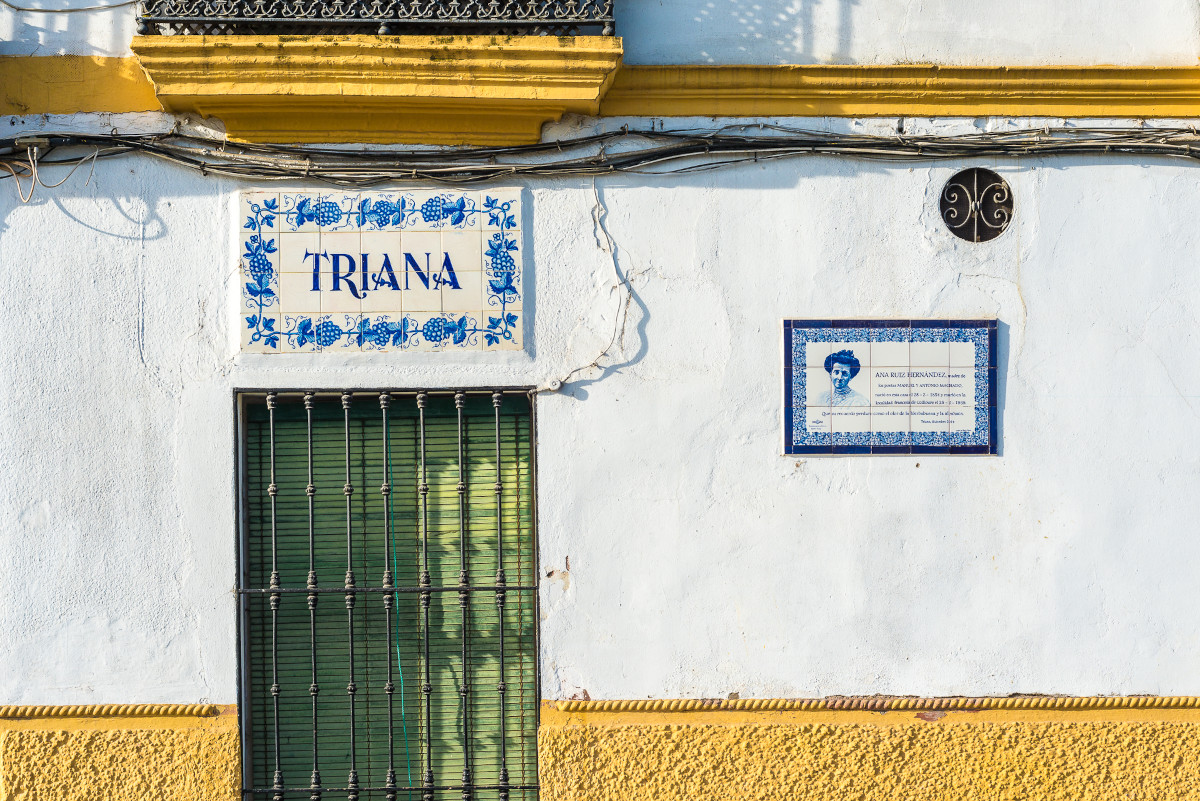
Triana’s name is said to derive from the Roman Emperor Trajan, who was born in nearby Italica. An early connection with the main city of Seville was set up under Islamic rule in the 12th century, when a ‘bridge of boats’ was set up, that is rafts tied together and strung across the river! But it wasn’t until the 19th century that a proper bridge, the Puente di Triana (aka the Puente Isabel) was built and so Triana developed separately from Seville and always seemed a little different, something which is still true even today. In the 15th and 16th centuries it was the headquarters of the infamous ‘Holy Office’, where the Inquisition was centred.
In the 19th century, Triana was very much a working-class area and the heart of the ‘gitano’ or gypsy community. It was one point on the ‘triangle’ of places where flamenco took root – the others being Cadiz and Jerez – and its role as a place where bullfighting developed is recognised in the statue of the famous matador, Juan Belmonte, who grew up here. Look through the hole in his chest and you will see the ‘Real Maestranza’, Seville’s iconic bullring on the opposite bank of the city. Laurie Lee, visiting in the 1950s, described an area full of potters, boot-menders and carpenters, brought to life by ‘incomparable guitarists and dancers, feverish poets and small-boned hot-eyed boys who go early to bulls’
places to visit
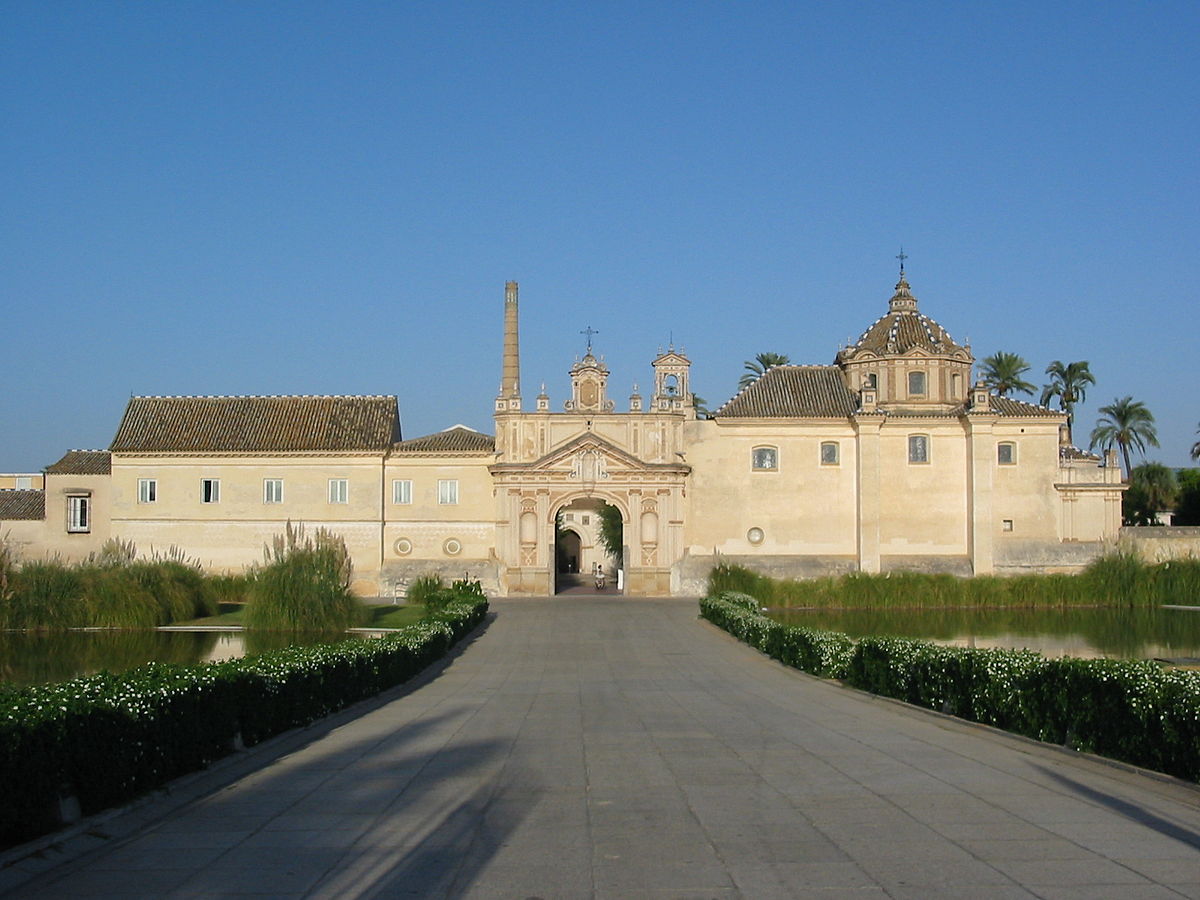
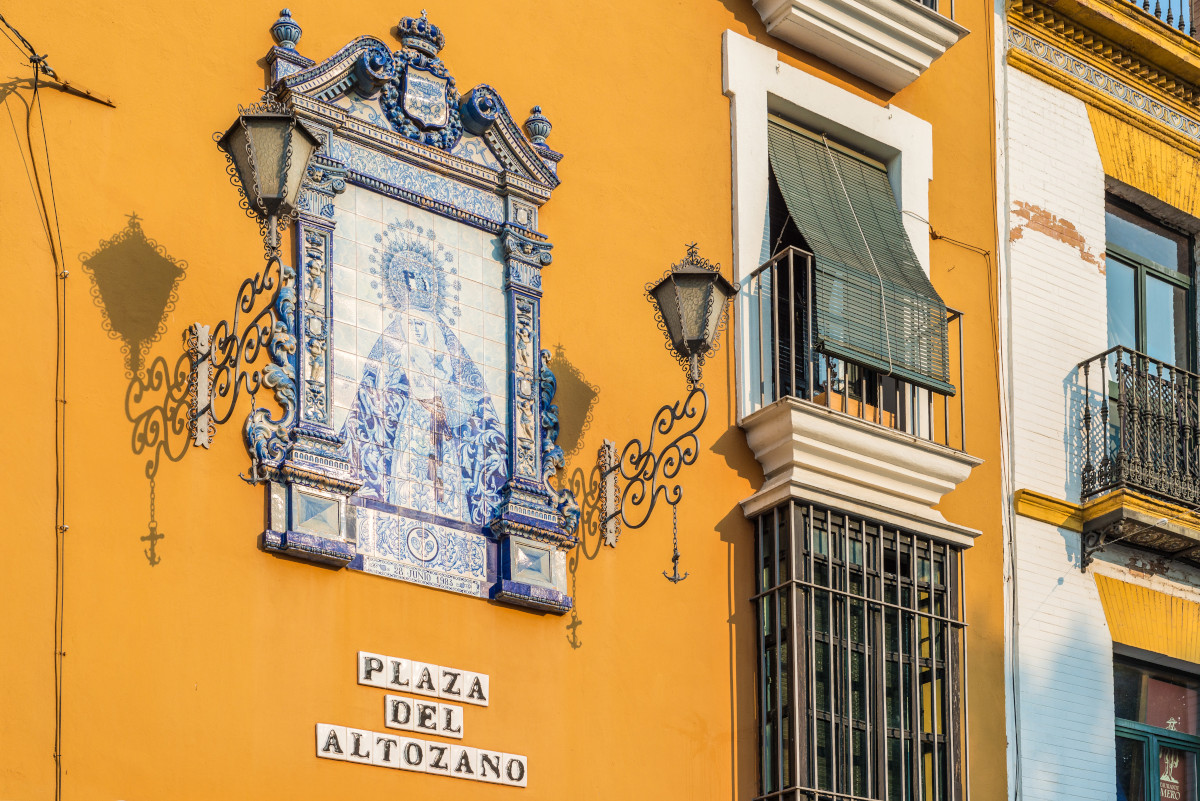
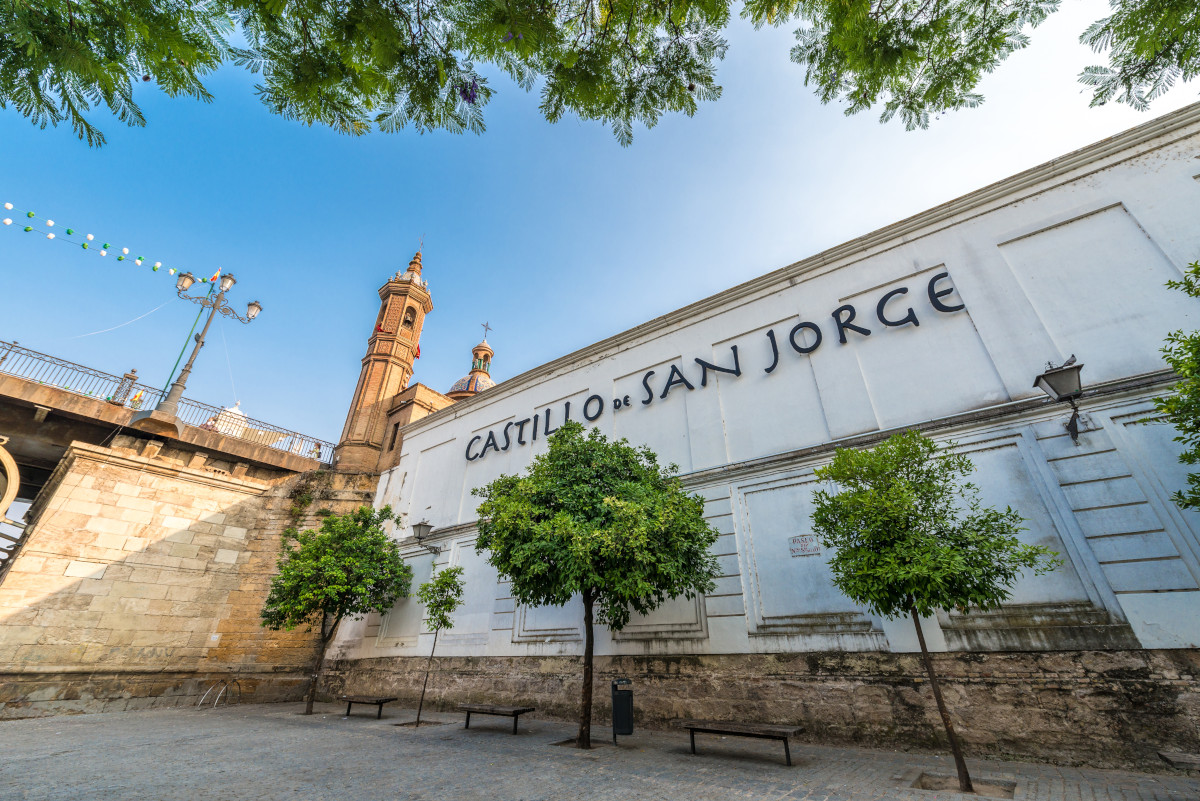
castillo san jorge museum
This medieval fortress was the centre of the Inquisition, the place where ‘heretics’ were brought by boat to be accused, tortured and tried before being burned to death. It was known as the ‘Tribuno de Santo Oficio’. Today it’s a museum where you can visit the ruins, learn about the inquisitions and watch films which convey the messages this horrific episode leaves behind for today: one on judgment and the abuse of power and another on the fate of a fictional young girl, accused of witchcraft because she used plants to cure illness, who is denounced by a jealous neighbour and interrogated until she confesses and burned to death in punishment.
a church and a chapel
Santa Ana is the oldest church in Seville, built in the 13th century for King Alfonso X and dedicated to Saint Anne whom he believed to have cured him from an eye infection. Look out for its ‘gypsy font’, so-called because it is said that any baby baptised in it will be given the gift of flamenco singing. The Capilla de los Marineros is an 18th century chapel, the home of Nuestra Senora de la Esperanza (Our Lady of Hope). She is the figure which stars in the Good Friday procession during the Semana Santa, or Holy Week, when she is carried aloft over the bridge to the cathedral. She leaves the chapel, by candlelight, at midnight and the citizens of Triana line the route from the chapel all across the bridge and into the centre of Seville.
the cartuja monastery
This Carthusian monastery dates from the 14th century and is the place where Christoper Columbus chose to stay when he was in Seville, using its library to plan his voyages and praying in the Capilla Santa Ana, Saint Anne’s Chapel, before departing. He was buried below the chapel floor – although how much of his remains are still there is in dispute – and outside stands a statue of him. In 1841 the monastery building was bought by the Englishman, Charles Pickman, who founded a ceramics factory which grew huge and influential. After 30 years, he became the designated potter to the Spanish royal household and by the end of the century he was employing 2000 workers on this site.
walking around triana
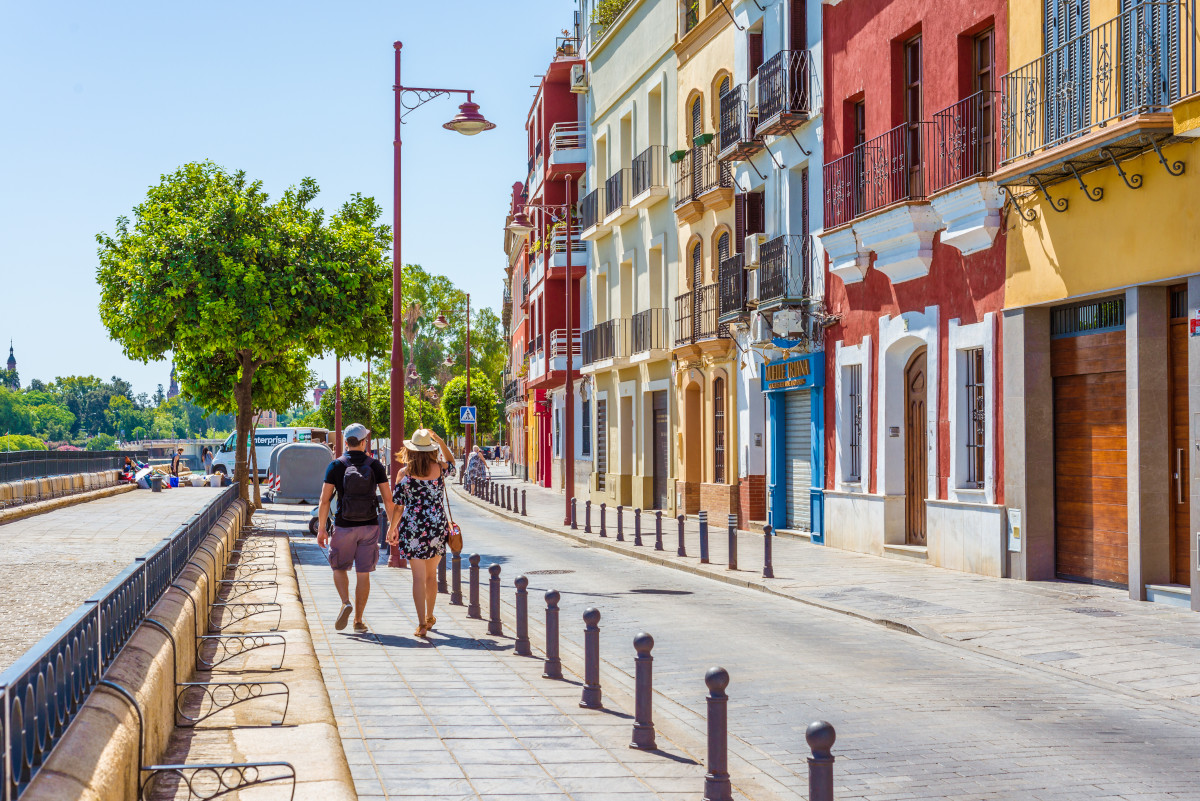
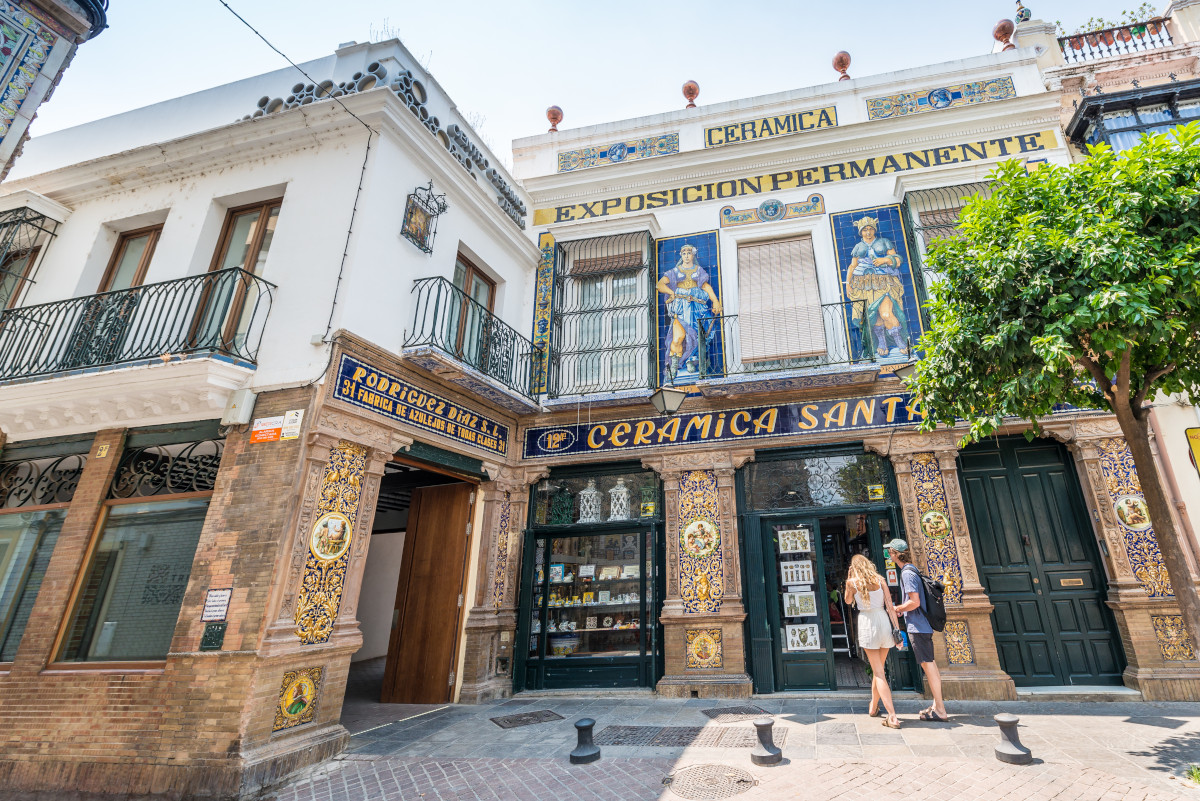
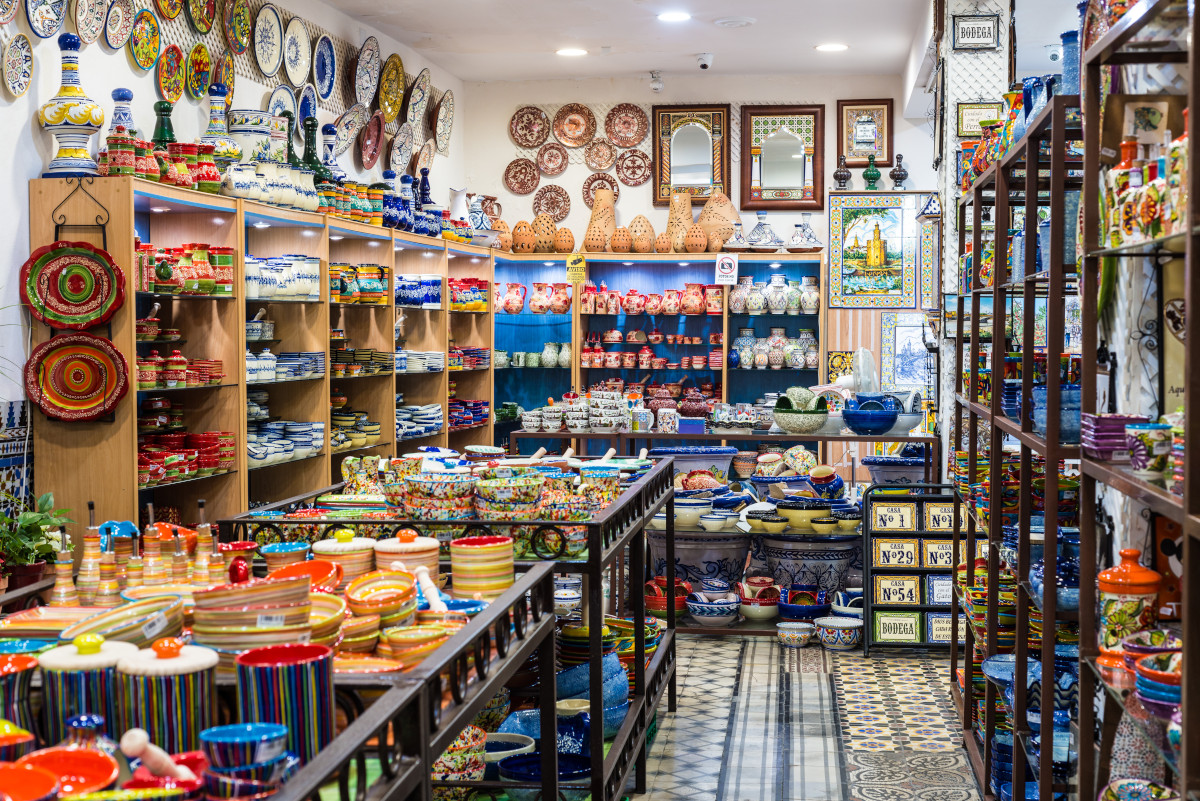
Look out for the many shopfronts with tiled designs, a legacy of the area’s reputation for ceramics. Don’t miss the market, just on the right at the end of the bridge, which is a thriving foodie haven, or the tile shops with their stunning selections of locally made ceramics. Look out for flamenco performances which recall the centuries-old traditions of singing and dancing in the area’s taverns and courtyards. If you are in Triana in spring, you can join locals celebrating the arrival of orange blossom or eating ‘torrijas’, traditional sweets which celebrate Easter.
In July, Triana celebrates the Festival of Santiago and Santa Ana, or Vela Santa Ana, usually held between July 21st and 26th. Dating from the 13th century, it’s a riverside festival featuring regattas, market stalls, showground attractions, fireworks and folk-dancing and the enjoyment of roasted sardines and green hazelnuts (!). But the main feature is the ‘cucana’, a madcap competition held on the river where greased wooden poles are placed across the prow of boats and people vie with each other to get across without mishap.
Listen to the POdcast
Links for this post
Castillo San Jorge Museum
Cartuja Monastery
The Vela Santa Ana Festival
Previous Episode The Park and the Palaces
Next Episode Bullfighting in Seville






